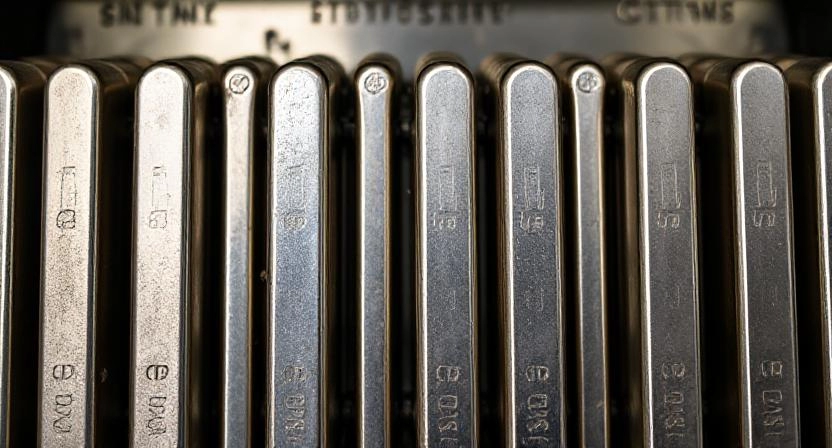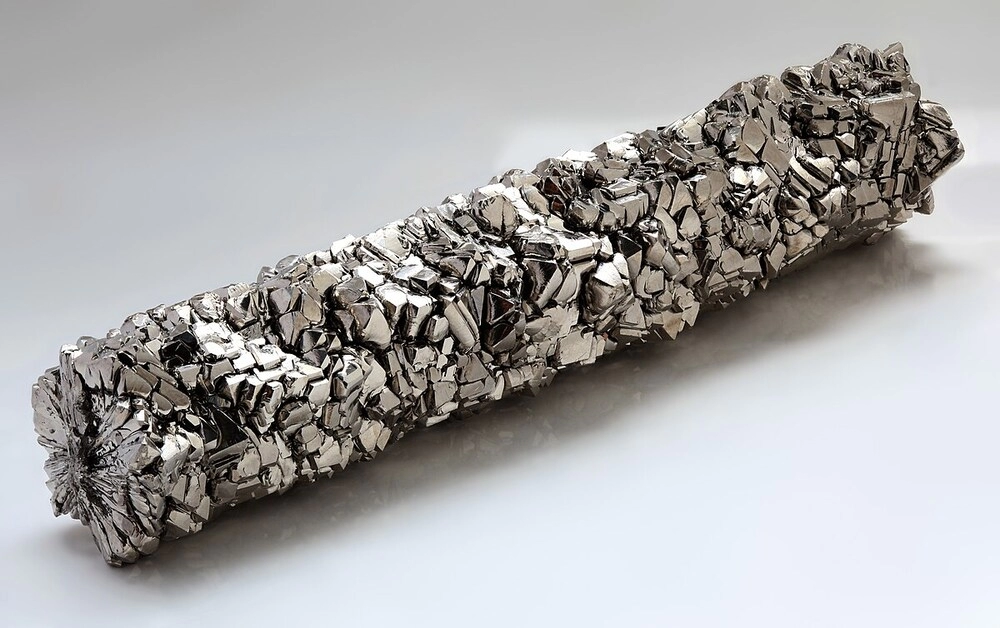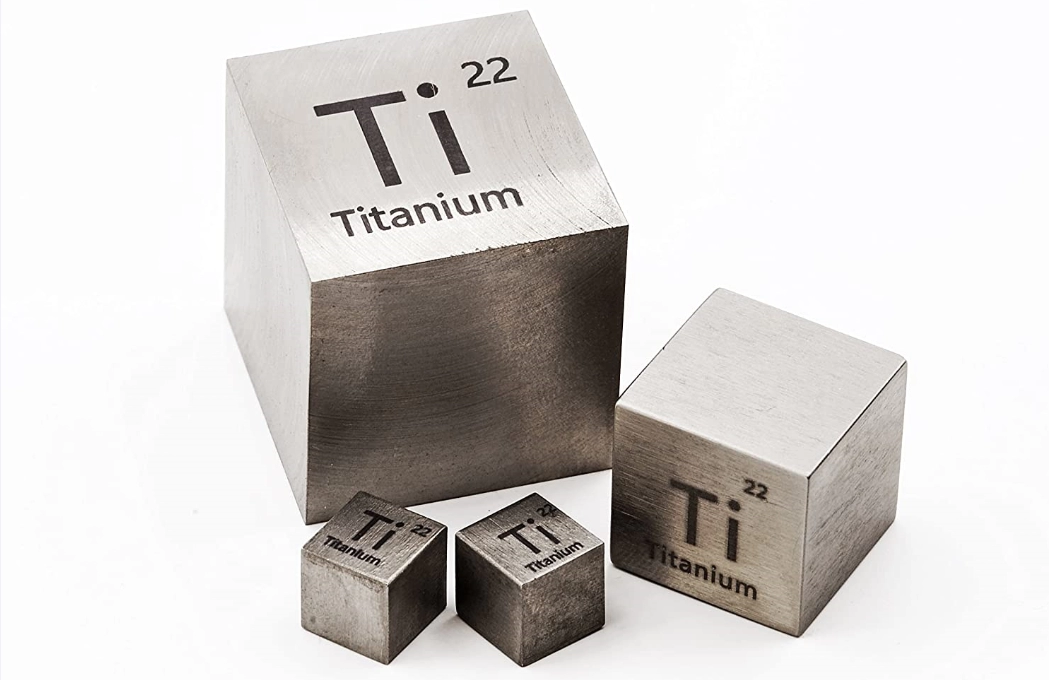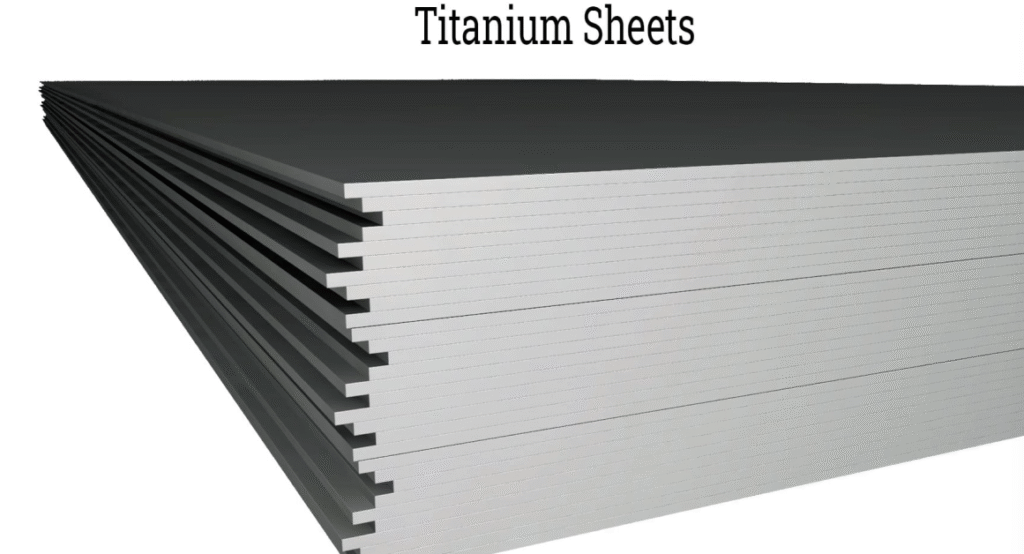Discover titanium’s melting point temperature and its significance in industries aerospace automotive and medical with detailed comparisons and applications.
Understanding Melting Point What Does it Mean
The melting point of a metal is the temperature at which it changes from a solid to a liquid. For metals like titanium, this is a precise temperature where the solid crystalline structure breaks down and the metal becomes liquid.
Melting point is a critical property in materials science because it helps determine how a metal will perform under heat. It affects how metals are processed, shaped, and used in different applications. Knowing the melting point guides engineers and manufacturers in choosing the right metal for tasks that involve heat, like casting, welding, or heat treatment.
The melting point also impacts metal usage by defining temperature limits in manufacturing and operation. Metals with higher melting points can handle hotter environments without melting or losing strength, which is crucial in industries like aerospace and automotive.
What is Titanium’s Melting Point

Titanium melts at about 1,668 degrees Celsius (or 3,034 degrees Fahrenheit). This is a fixed melting point for pure titanium, meaning it changes from solid to liquid at this precise temperature without a wide range.
Here’s how titanium’s melting point stacks up against some common metals:
| Metal | Melting Point (°C) | Melting Point (°F) |
|---|---|---|
| Titanium | 1,668 | 3,034 |
| Aluminum | 660 | 1,220 |
| Steel | Around 1,370-1,540 | 2,500-2,800 |
| Copper | 1,085 | 1,985 |
As you can see, titanium has a significantly higher melting point than aluminum and copper, and it’s generally higher than most steels. This high melting temperature is part of why titanium is prized for high-temperature uses and matches well in industries requiring strong, heat-resistant materials.
Factors Affecting Titanium’s Melting Point

Titanium’s melting point can vary depending on several key factors. One of the biggest is alloying elements. Pure titanium melts at around 1,668°C (3,034°F), but when mixed with other metals like aluminum, vanadium, or molybdenum, the melting temperature can shift. These alloys are designed to improve strength or corrosion resistance and usually have a melting range rather than a sharp melting point.
Purity also plays a big role. The cleaner the titanium, the closer it stays to its standard melting point. Impurities can lower or sometimes slightly raise the melting temperature because they change how atoms melt together.
The crystal structure makes a difference too. Titanium has two main crystal forms – alpha (α) and beta (β). Changes between these phases at high temperatures affect how and when it melts.
Lastly, pressure and environmental conditions impact melting behavior. High pressure can raise titanium’s melting point, while different atmospheres (vacuum, inert gas) used during melting influence its stability and reactivity, which in turn affects melting characteristics.
Significance of Titanium’s High Melting Point

Titanium’s high melting point—around 1,668°C (3,034°F)—makes it a go-to metal in industries where heat resistance is key. In aerospace, it’s used for engine parts and airframes that need to withstand extreme temperatures without losing strength. In automotive, titanium helps improve performance and durability, especially in high-heat areas like exhaust systems.
The medical field also benefits from titanium’s heat and corrosion resistance. Surgical instruments and implants must endure sterilization processes involving high heat without degrading. This durability ensures safety and longevity in medical devices.
Overall, titanium’s ability to perform well under intense heat and resist corrosion sets it apart for high-temperature applications like turbine blades, heat exchangers, and chemical reactors. Its combination of strength, lightweight nature, and heat tolerance makes it invaluable where other metals might fail.
How is Titanium Melted and Processed
Titanium’s high melting point and strong reactivity with oxygen and other gases make melting it a bit tricky. In the U.S. and worldwide, industries rely on specialized methods to melt and process titanium safely and effectively.
Common Industrial Melting Processes
- Vacuum Arc Remelting (VAR): This method uses an electric arc to melt titanium in a vacuum chamber. The vacuum prevents oxygen and nitrogen from reacting with titanium, keeping it pure.
- Electron Beam Melting (EBM): Electron beams melt titanium under a high vacuum, offering precise control over temperature and reducing contamination.
- Plasma Arc Melting: Less common but sometimes used, this method melts titanium with a plasma torch in an inert atmosphere.
Challenges in Melting Titanium
- Reactivity: Titanium burns easily when exposed to air at high temperatures, so melting must happen in vacuum or inert gas environments.
- Contamination risk: Even small amounts of oxygen or nitrogen can make titanium brittle, so keeping the process controlled is essential.
Safety and Equipment Needs
- Special vacuum or inert gas chambers to prevent oxidation
- High-quality electrodes and vacuum pumps for stable melting
- Equipment designed to handle extreme temperatures and prevent titanium fires
These processes ensure the titanium physical properties remain intact, producing strong, heat-resistant metal ready for aerospace, automotive, and medical use.
Practical Applications Where Titanium’s Melting Point Matters

Titanium’s high melting point plays a vital role in its use across various industries. For example, in manufacturing turbine blades and engine parts, titanium can withstand extreme heat without melting or losing strength. This makes it an ideal metal for aerospace and automotive components where reliability under high temperatures is essential.
In the medical field, titanium’s melting point contributes to its durability and safety in surgical instruments and implants. These products must endure sterilization processes that involve high heat, and titanium’s stability ensures they don’t degrade or deform.
Titanium is also common in heat exchangers and chemical reactors because it resists both high temperatures and corrosive environments. This combination makes titanium perfect for equipment that needs to maintain strength and integrity over long periods under harsh conditions.
Comparing Pure Titanium vs Titanium Alloys Melting Points
Pure titanium melts at about 1,668°C (3,034°F). However, titanium alloys don’t all melt at the same temperature. Common alloys, like Ti-6Al-4V, have melting points ranging roughly between 1,600°C and 1,650°C (2,912°F to 3,002°F). These slight differences come from the mix of elements like aluminum, vanadium, and others added to improve strength, flexibility, or corrosion resistance.
Alloys are designed with specific melting points to suit different industrial needs. By adjusting the melting temperature, manufacturers can control how the metal behaves during melting, casting, or welding. Lower melting points can make processing easier, while higher melting points maintain performance in extreme environments. This balance is key for industries like aerospace and automotive, where both strength and heat resistance matter.
FAQs about Titanium’s Melting Point
Is titanium’s melting point higher than steel?
Yes, titanium’s melting point is higher than that of most common steels. Pure titanium melts at around 1,668°C (3,034°F), whereas typical carbon steel melts between 1,370°C and 1,540°C (2,500°F to 2,800°F). This higher melting point makes titanium more suitable for high-temperature applications.
Can titanium be cast easily?
Casting titanium isn’t as straightforward as casting other metals like aluminum or steel. Titanium is highly reactive at high temperatures, which means it can react with air or mold materials during casting. Specialized environments like vacuum or inert gas atmospheres are required to successfully cast titanium without contamination.
How does melting point influence titanium welding?
Titanium’s high melting point means it needs more heat for welding compared to metals with lower melting points. Plus, it’s prone to contamination by oxygen and nitrogen at elevated temperatures. That’s why titanium welding is usually done in controlled atmospheres, such as argon gas, to avoid weakening the metal and ensure clean, strong welds.
